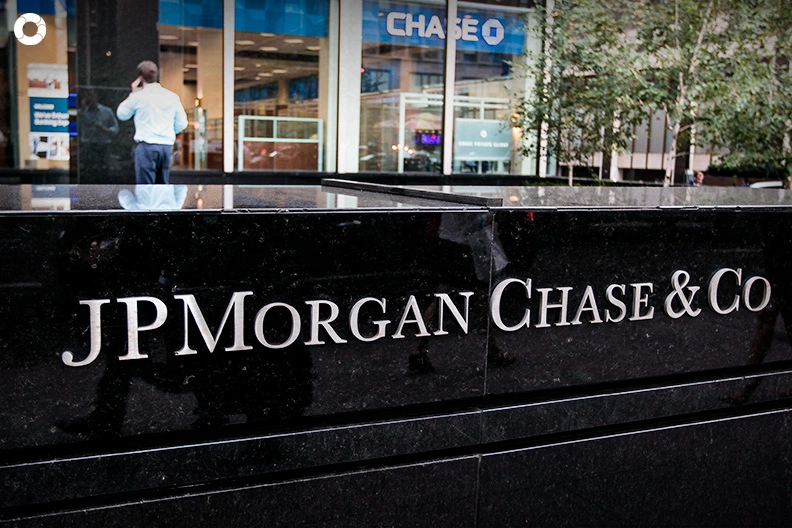Enron case study: one of the worst frauds in history

One of the biggest financial scandals in history is the case of energy giant Enron Corporation, which ranked seventh on the list of America's largest and most profitable companies in 2000.
The U.S. company had assets estimated at USD 63,000 million and supposedly had an annual turnover of USD 100,000 million. However, in December 2001, it filed for bankruptcy.
This is because everything was made up: liabilities became assets, credits were presented as income, and all profits were inflated.
These financial scams took shares from being traded at over USD 90 in 2000 to just USD 1, down 99% in one year, after it came to light that the company was altering or making up accounting records to mislead its shareholders.
Little by little, all the financial misrepresentations trickled out, and it was learned that the company accumulated debts of USD 30,000 million, and after declaring bankruptcy, at least 20,000 employees lost their jobs. The scandal also led to the disappearance of Arthur Andersen, one of the world's five largest audit and accounting firms.
Jeffrey Skilling, the head of Enron's accounting, with the approval of the chief officers, was creating fictitious revenues, placing at present value unrealized business flows, which were part of the energy firm's profits. According to investigations, Enron was disguising losses and concealing its debts.
The worst financial fraud scandal was uncovered when journalist Bethany McLean wrote an article for Fortune magazine, titled: "Is Enron Overpriced?," in which she questioned the fact that the company had moved from ranking 141st to 7th place in the United States in just five years (1995-2000).
Strangely enough, Jeffrey Skilling resigned from his position for family reasons and sold his shares in the company for USD 60 million, but only four months later, the company fell into the crisis.
Although training denied any knowledge, authorities charged him with insider trading, cheating investors by selling his shares prior to bankruptcy and for the crimes of fraud and conspiracy.
Kenneth Lay, the firm's founder, was charged with six crimes, including conspiracy and fraud, but died of a heart attack before being convicted.
After the scandal of financial fraud, it was legally established in the United States and other countries that company auditors had to be independent of their customers, and requirements and penalties were also made stricter. Now, every board of directors of a company has the responsibility to analyze and be aware of its accounting.
To avoid the materialization of operational or regulatory compliance risks in organizations, it is important to have a technological tool such as Pirani, which facilitates the management of this type of risks and contributes to the achievement of objectives, as well as to the sustainability of the business.
Avoiding white collar criminals is one of the biggest challenges faced by investors and businesses, not only in the financial sector but also in the productive sector, because opportunists are increasingly working undercover, using their trickery and sophisticated techniques to commit fraud.
One of the most common forms of fraud is misrepresentation, i.e. the modification of information, which was exactly what Enron did to inflate its shares and deceive investors.
You May Also Like
These Related Stories

Learn from Worldcom to Prevent Accounting Fraud

Case study: JP Morgan Chase's financial troubles

WorldCom Scandal: Collapse Due to Poor Risk Management

Interbolsa case study: 6 years later

General Electric and Risk Management Failures: A Case Study



Comments (4)